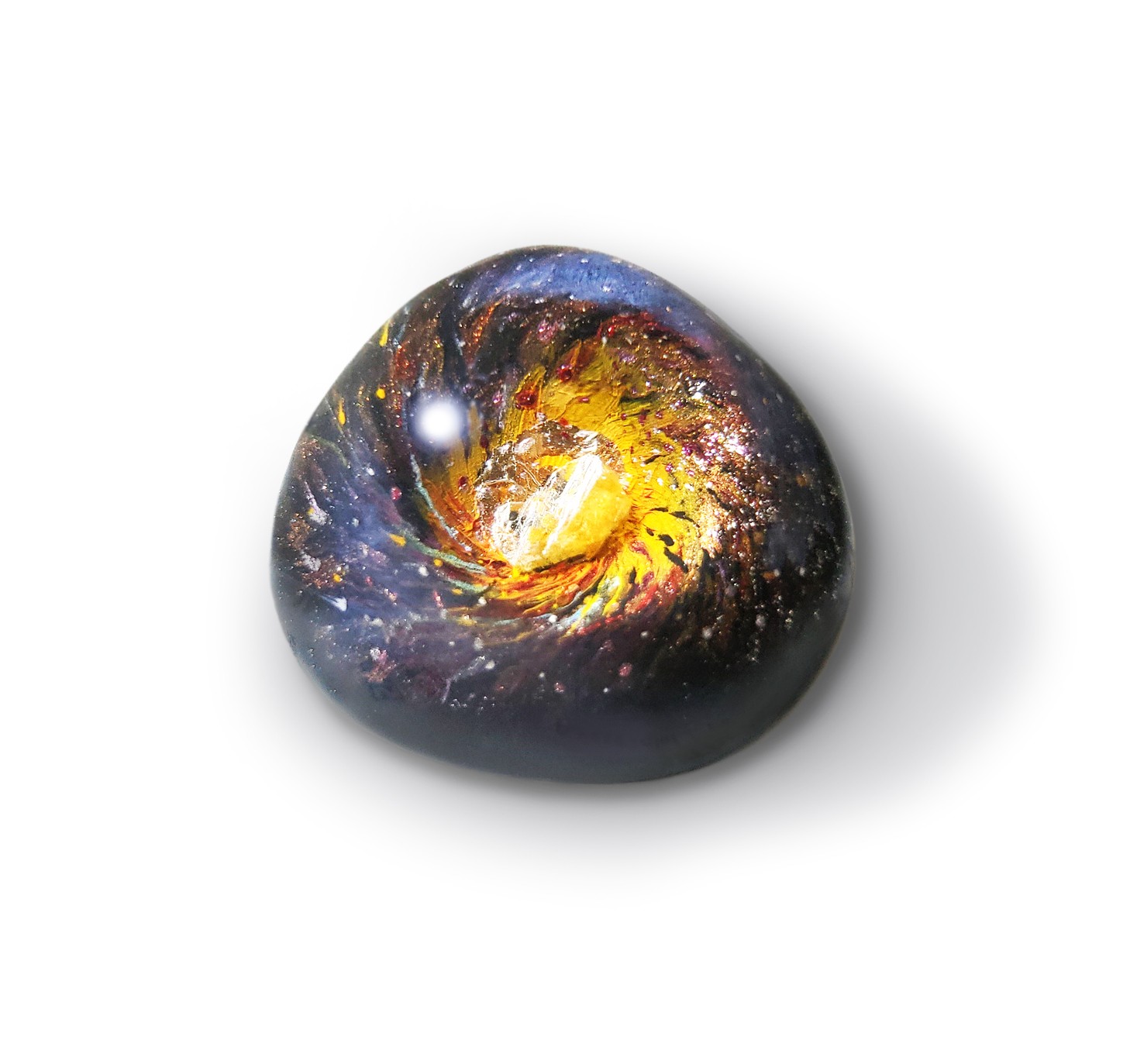It is important to keep your artificial eye clean at all times. This section tells you how to do this.
The first few times you do it you will probably be a bit nervous – most people are. You will soon find that you are able to do it simply and comfortably.
If you have any problems at all looking after your eye please do not hesitate to get in touch with us on our Helpline on 01253 951131.
It is normal to have a certain amount of discharge in your socket, this varies from one person to the next. It can be worse in very cold weather or for instance if you are not well.
If you work in a dirty or dusty atmosphere you may be likely to suffer more discharge than someone who works in a cleaner atmosphere.
There are no set rules about this. If you have a lot of discharge from your socket you may need to clean it more often. It is up to you to decide, however we recommend that the eye is worn continuously with only a very occasional need for removal for cleaning.
The main thing to remember about taking out your artificial eye is that it is very simple. Give yourself plenty of time when you first do it on your own. Take your time and do not hurry.
Follow these simple steps:
- Wash and dry your hands
- Look into a mirror
- Put something soft like a towel in the wash basin or on the table in front of you. Then, if your eye drops out it will have a soft landing. Be careful that it does not drop onto the floor. It could get scratched or chipped if it falls onto a hard surface
- Gently pull your lower lid down until you can see the lower edge of your artificial eye
- Put the thin end of the extractor between your lower lid and the lower edge of the eye
- Lever the eye gently forward over the lid
Example below:

Again you must not worry about this. It is very simple to do.
- Use gauze or tissue soaked in cooled boiled water to clean away any discharge on your eyelids or your eyelashes
- Use warm water and mild, non-scented soap to wash your artificial eye. Rub the eye gently with your fingers but make sure you do not scratch or drop it
- Rinse the eye thoroughly using sterile water before you refit it. Make sure you rinse all the soap off. If you do not, it will hurt your socket when you refit your eye
Never use any chemical cleaners, disinfectants or detergents to clean your artificial eye. These can cause permanent damage to the surface.
This is what you do:
- Lift your upper lid with one hand to make room for your artificial eye
- Hold your artificial eye in the other hand. Make sure you have the eye the right way round. Usually the most pointed end fits nearest your nose
- Push your eye gently under your top lid until it reaches the top of your socket
Examples below:

So long as your eye is comfortable you can wear it all the time. But you must remember to take it out and clean it regularly.
Do not worry if these instructions seem very complicated at first. You will soon become confident about removing, cleaning and refitting your eye. If you do have any problems, or if you are not sure about something, please get in touch with us. Our Orbital Prosthetist (OP) will be glad to help. If you need more extractors for taking your eye out, just let us know.
So far we have spoken about the routine cleaning which you can do for yourself, but you will sometimes need to come to the clinic so that the OP can check your socket and polish your eye to keep it in good condition.
After you have worn your eye for some time it may start to feel 'gritty' and uncomfortable, or you may notice that there is more discharge. This is quite normal and is caused by ordinary wear and tear. When this happens you should make an appointment to come and see us. How often you need this done will vary.
As a general guide we advise you to have a routine check and polish every 12-18 months, but you can have one more often if you need one. It is very important for us to review your individual needs on a regular basis, so please contact us directly as you feel necessary.
All you need to do is contact us and we will make an appointment for you to see an OP. At this appointment the OP will also check the condition of your eye and socket and will tell you about any treatment you may need in the future. This is because sockets, artificial eyes and your own eye can change over a period of time. We can only check this if you attend on a regular basis.
If you get an infection in your socket you should go and see your own doctor. Infections like this usually clear up quite easily using drops or ointment. These can be administered with your artificial eye in place.





